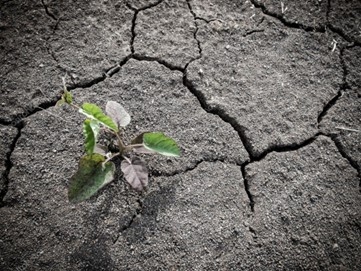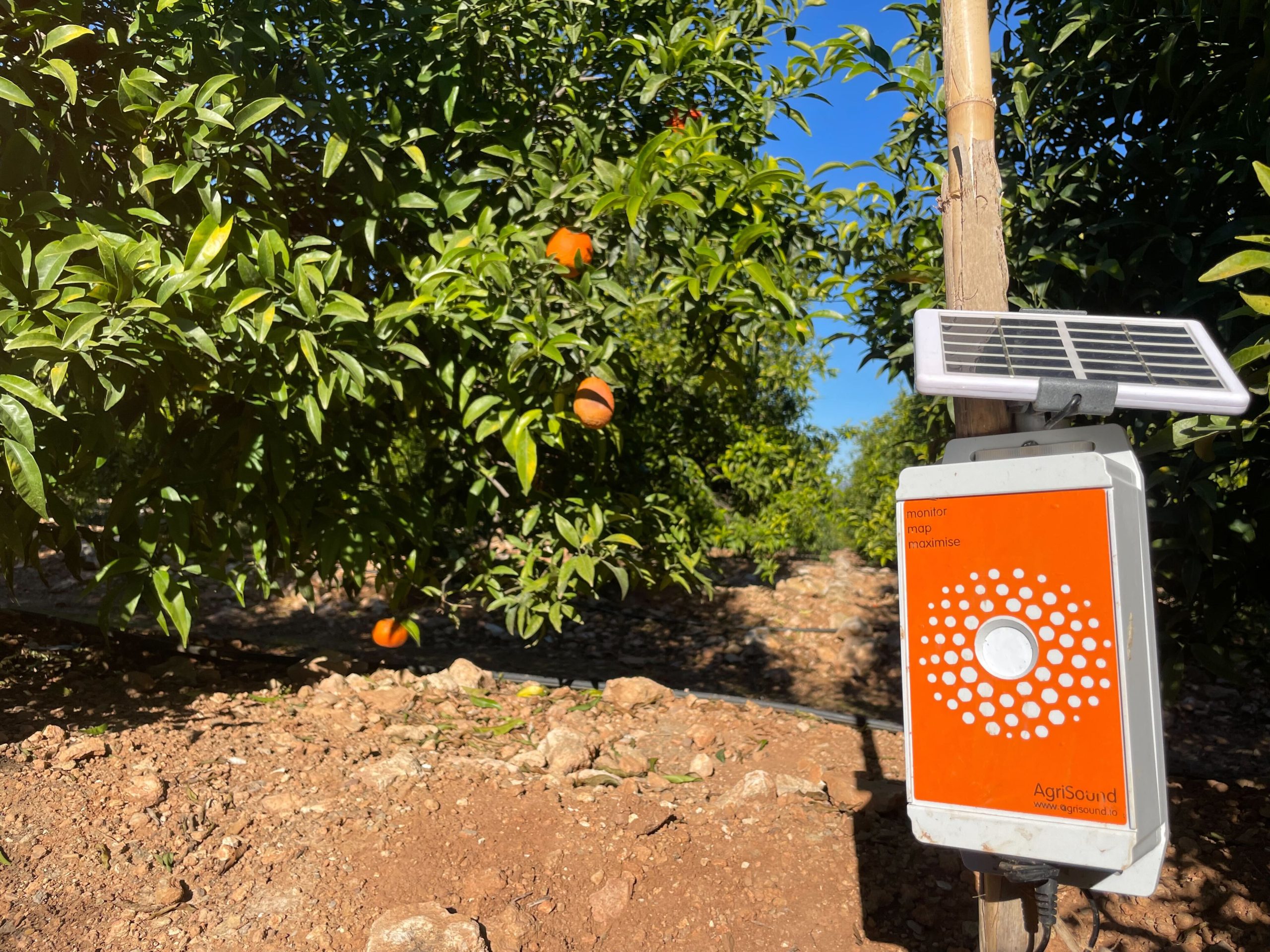The Pollination Problem Affecting Soil Fertility
One of the most important features of our biological ecosystems across the globe is beneath our feet; soil. Healthy soil…

One of the most important features of our biological ecosystems across the globe is beneath our feet; soil.
Healthy soil contains many different organisms living within it – this variation is known as soil biodiversity. The greater the soil biodiversity, the higher the chances are of increased crop yield, food growth and overall greater productivity of the soil. Furthermore, fertile soil has a greater chance of growing healthy flowers and subsequently attracting pollinators for successful reproduction and pollen dispersal.
Without soil, we would struggle to grow almost anything, and the Earth’s food supply would be thrown into chaos. According to the Food and Agriculture Organisation of the United Nations, by 2050, 90 per cent of the Earth’s topsoil is likely to be at risk of major degradation (Food and Agriculture Organization of the United Nations, 2015). This could push us into a soil fertility crisis, with the potential for devastating ramifications on the global food supply, our ability to combat climate change, as well as massively handicap our ability to grow crops.
A major challenge that could occur during a soil fertility crisis is the widespread disruption it would cause to the soil food web. Within soil, there is a complex network of interactions between a variety of different organisms which have different requirements from each other. All these interactions strengthen soil biodiversity and soil fertility.
To avoid this disruption and to combat the potential oncoming soil fertility crisis, the levels of organic matter above the soil should be greatly increased, then fixed in place to slow erosion. Two ways this could be done is by increasing the amount of composting organic waste on the topsoil or by allowing crop residue to sit on growing fields. Establishing plants will allow root systems to grow on top of the increased soil mass, which will secure the new soil. This is vital as when soil loses its biodiversity, it can be easily eroded by rain and wind.
Both these interventions rely on high pollination levels, as more pollination can lead to more organic matter above ground, which should eventually increase organic matter below ground.

This is where AgriSound can help. AgriSound’s innovative technology can help you monitor pollination levels and subsequently target areas with low pollinator activity, via precision pollination. AgriSound’s bioacoustic technology, PollyÔ, uses a unique mix of sound, environmental technology sensors and machine learning to record insect activity and transmit it to our online web app for analysis. The device combines acoustic technology with environmental sensors to get an in-depth understanding of why pollination activity may fluctuate.
Expanding on both our soil runoff and pollination problems, let’s look at this example – say you have a crop field with a hedge next to a stream. Detecting a paucity of pollinators in the hedge would allow a wildflower intervention, increasing crop pollination. The increased biomass in the hedge would act as a barrier to soil runoff, preventing a decrease in soil fertility. Polly makes this intervention possible, as you can’t fix a problem without knowing it exist. Thus, Polly presents a massive opportunity for agriculture and biodiversity preservation.
AgriSound’s technology can significantly help growers facing a reduction in their soil fertility, as its real time data gives you the ability to make data driven decisions that promote biodiversity. This level of biological control can help us to address the oncoming soil fertility quandary, and subsequently help protect the worlds food supply, as well as promote biodiversity.
